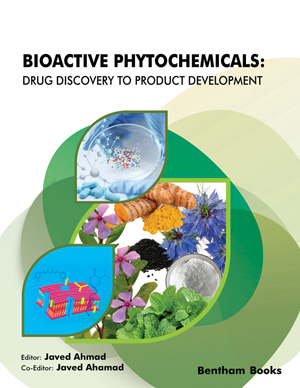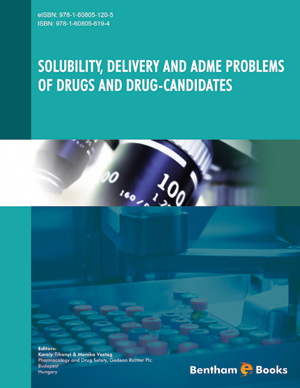Abstract
Introduction
A large variety of naturally occurring as well as synthetic molecules (i.e., substrates) have been shown to cause specific enzyme inactivation by covalently binding at the catalytic site of the enzyme. These types of suicide substrates can be broadly categorized as reactive derivatization reagents and as latent derivatization reagents. Reactive derivatization reagents are typically substrates that are structural analogs of naturally occurring molecules for the target enzyme that contains a built-in reactive group, such as a haloketone, or an epoxide group. These suicide substrates take advantage of the binding specificity at the active site of the enzyme to set up a displacement reaction between the substrate and the enzyme such that a covalent modification of the protein occurs. These types of substrates can be thought of as protein derivatization regents (i.e., affinity labels). Latent derivatization reagents require that the enzyme begin catalysis such that the process creates the reactive group within the substrate. In many cases, an electrophilic species is generated from the substrate that ultimately reacts with a nucleophilic side chain of the protein. In this chapter, we will focus only on reactive derivatization mechanisms. Latent derivatization mechanisms will be covered in Chapter 7.






















